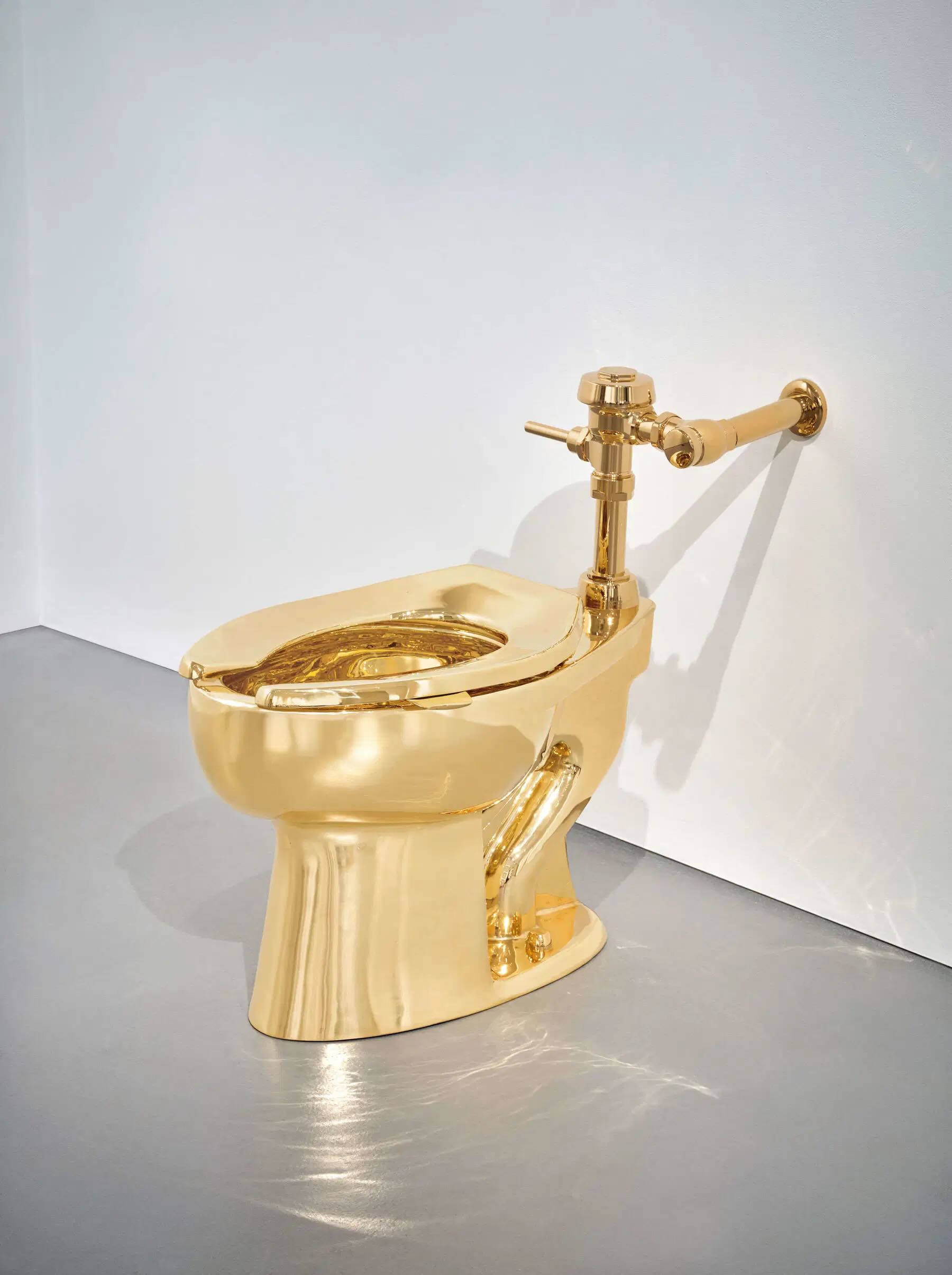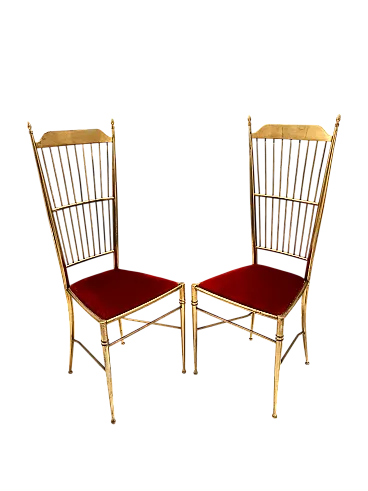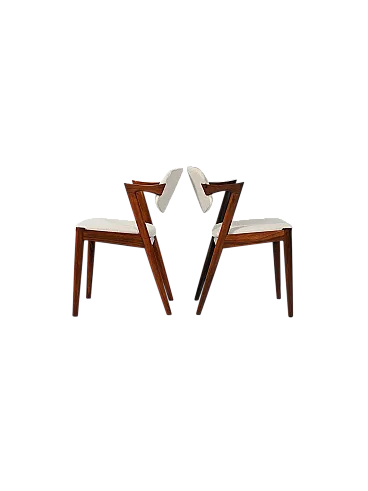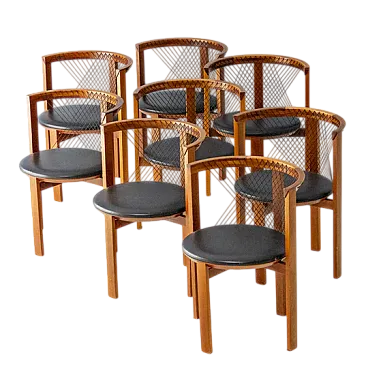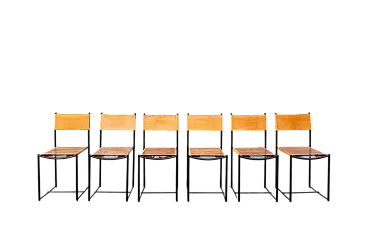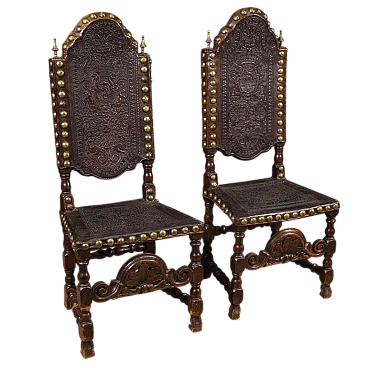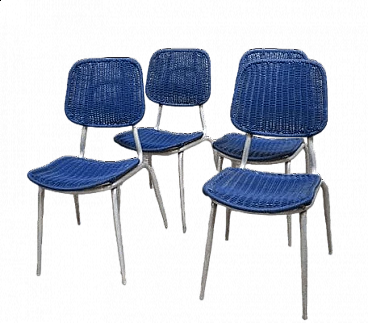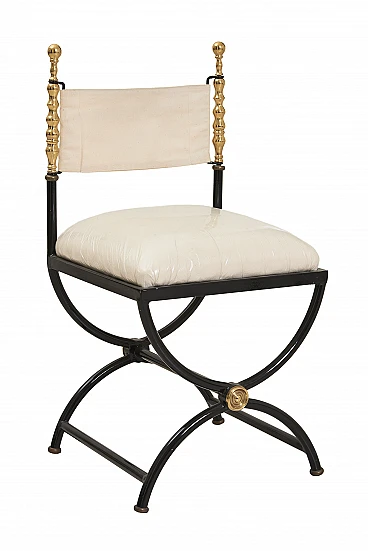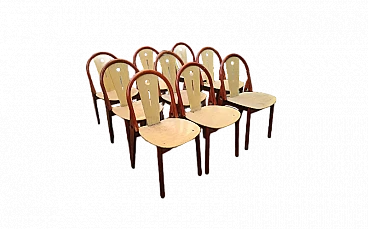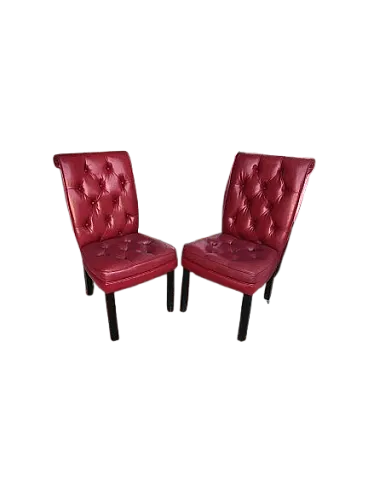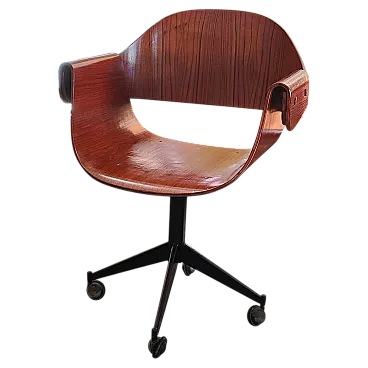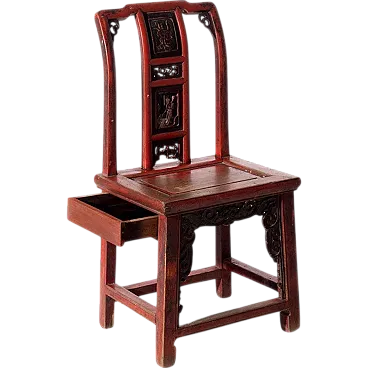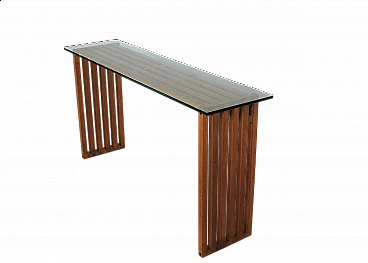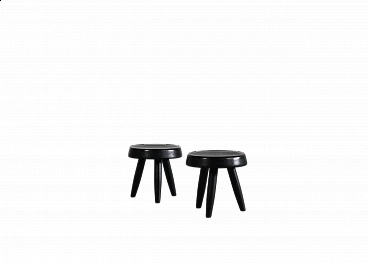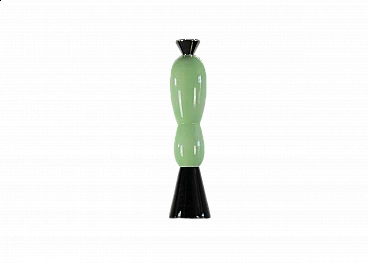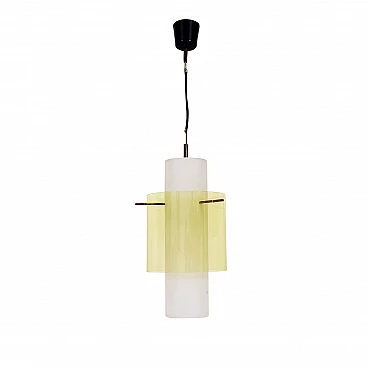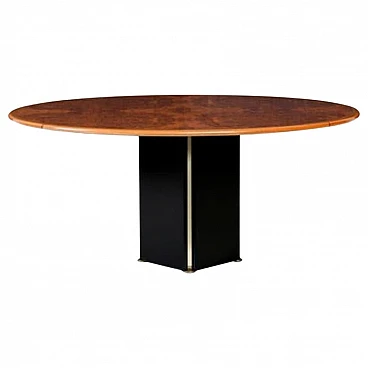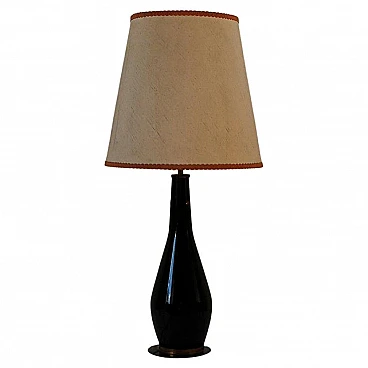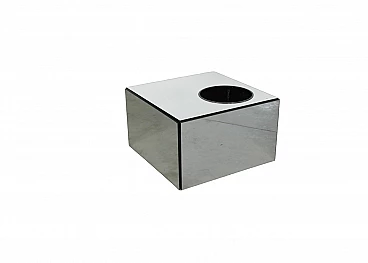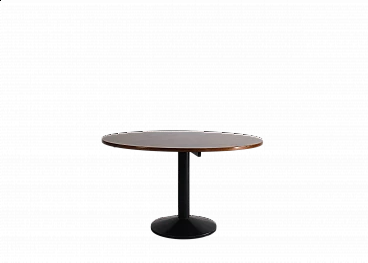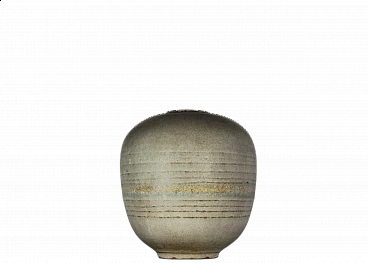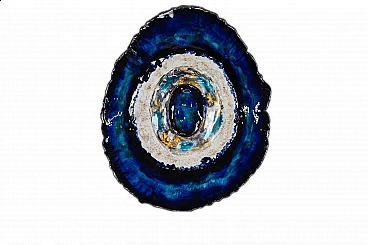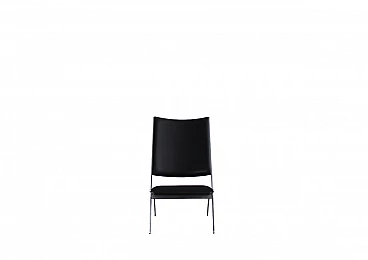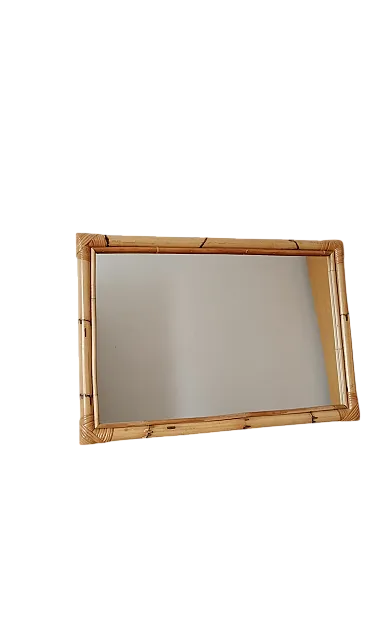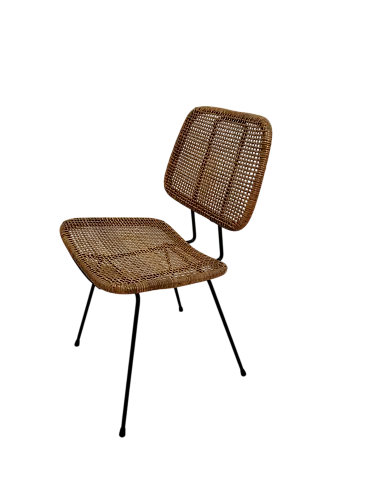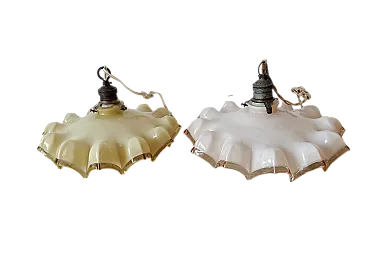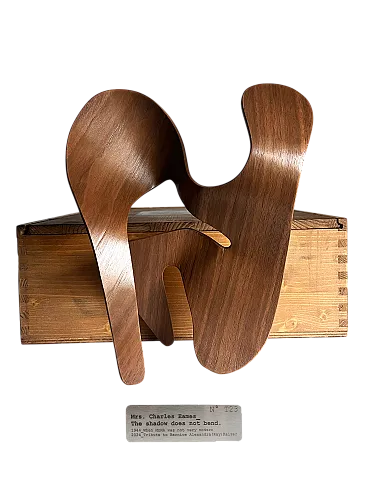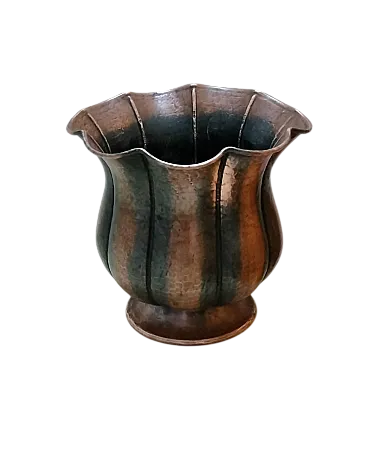Ninfea folding chair with wooden frame, seat and back in white woven fabric and brass hinges. The Ninfea chair was designed by Gio Ponti during the design of the iconic Superleggera chair and has been produced since 1958 by Brevetti F.lli Reguitti, a historic Italian company that was highly productive between the 1940s and the late 1960s. These chairs were originally produced by Brevetti Reguitti in three different upholstery styles: woven wicker, leather and fabric. This design is documented in the Gio Ponti archive in Milan and was published in the Italian magazine 'Novita' in May 1958, which also states that the designer is Gio Ponti. Literature: "Novita", May 1958, no pages. "Il Mobile Italiano Degli Anni '40 e '50" by Guttry and Maino, p. 46. Domus no. 349, December 1958, p. Advertisement'. Gio Ponti was an icon of the modernist movement: the Italian designer, architect, artist and publisher contributed significantly to the world of architecture and design with his extensive work in the fields of furniture and ceramics, education, office and residential buildings and everything in between. Gio Ponti was born in 1891 in Milan. He spent his childhood here and began studying architecture at the Milan Polytechnic in 1921. From 1923 to 1930 he was artistic director of the Richard-Ginori porcelain factory. In 1927 Ponti founded his first architecture studio, together with Emilio Lancia, and in 1928 he started the magazine Domus, still considered one of the most influential European architecture and design magazines. During this period he was also very influential as curator of the Milan Triennale. After the end of his collaboration with Emilio Lancia, when the Rasini Tower was completed, he started working as an architect together with the engineers Antonio Fornaroli and Eugenio Soncini. It was during this period that Ponti designed many of his most famous buildings, such as the Institute of Mathematics at the University of Rome, the First Montecatini Palace, the Marmont House and Villa Donegani in Bordighera. The best known of his architectural works is the Pirelli Skyscraper, which Gio Ponti completed in his home town of Milan in 1956. He continued working into his eighties, completing impressive works such as the Gran Madre di Dio Co-cathedral in Taranto and the Denver Art Museum. Gio Ponti died in Milan on 16 September 1979, having produced countless pieces of furniture, ceramics and thousands of other objects during his lifetime. Ponti's architecture and design embody the dolce vita of Italy. Influenced by his early work in ceramics, Ponti took responsibility for designing every aspect of his buildings, including interiors, lighting and even glass and silverware. Gio Ponti transcended boundaries and traditions, choosing instead an interdisciplinary approach that combined design, art, craftsmanship and architecture. His fascination with a wide range of styles is evident in his designs for a variety of manufacturers, including Cassina and Fontana Arte.

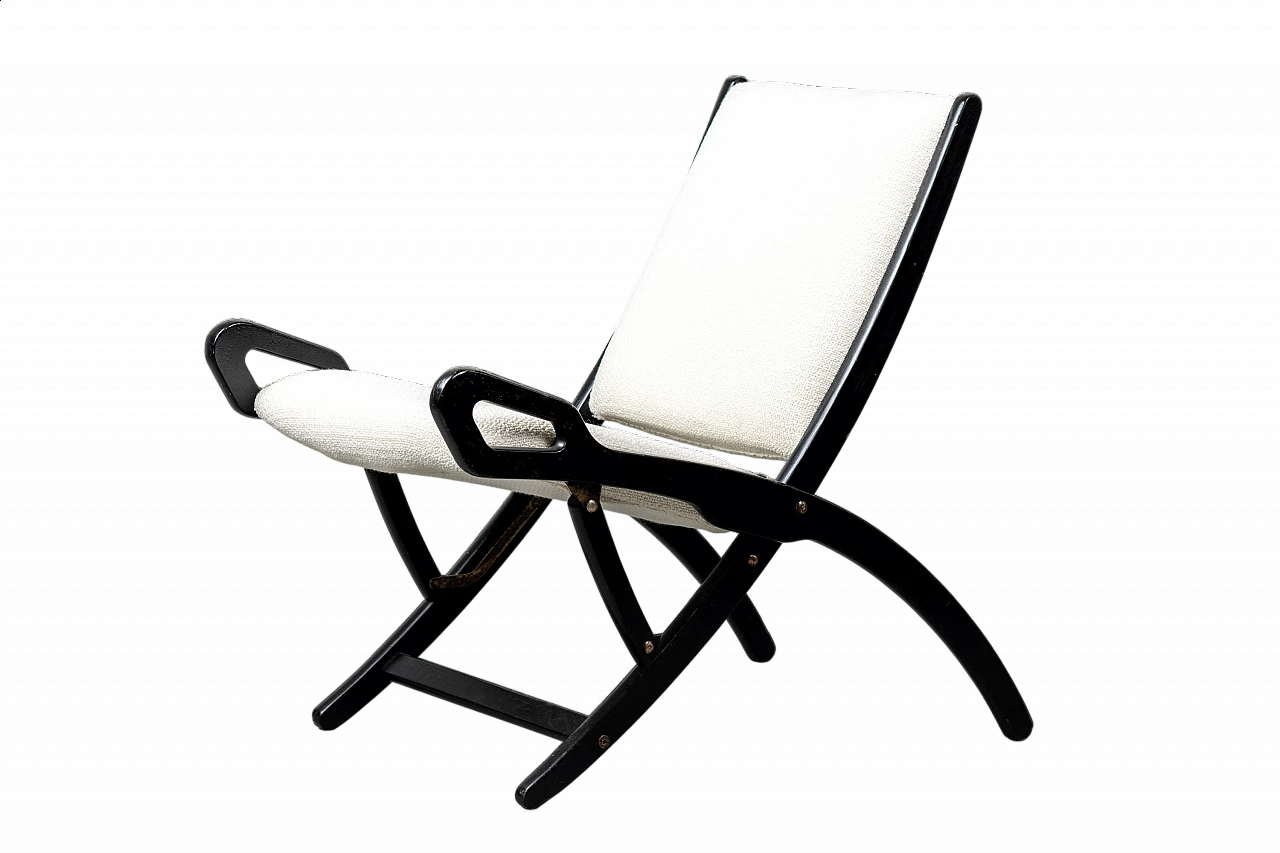
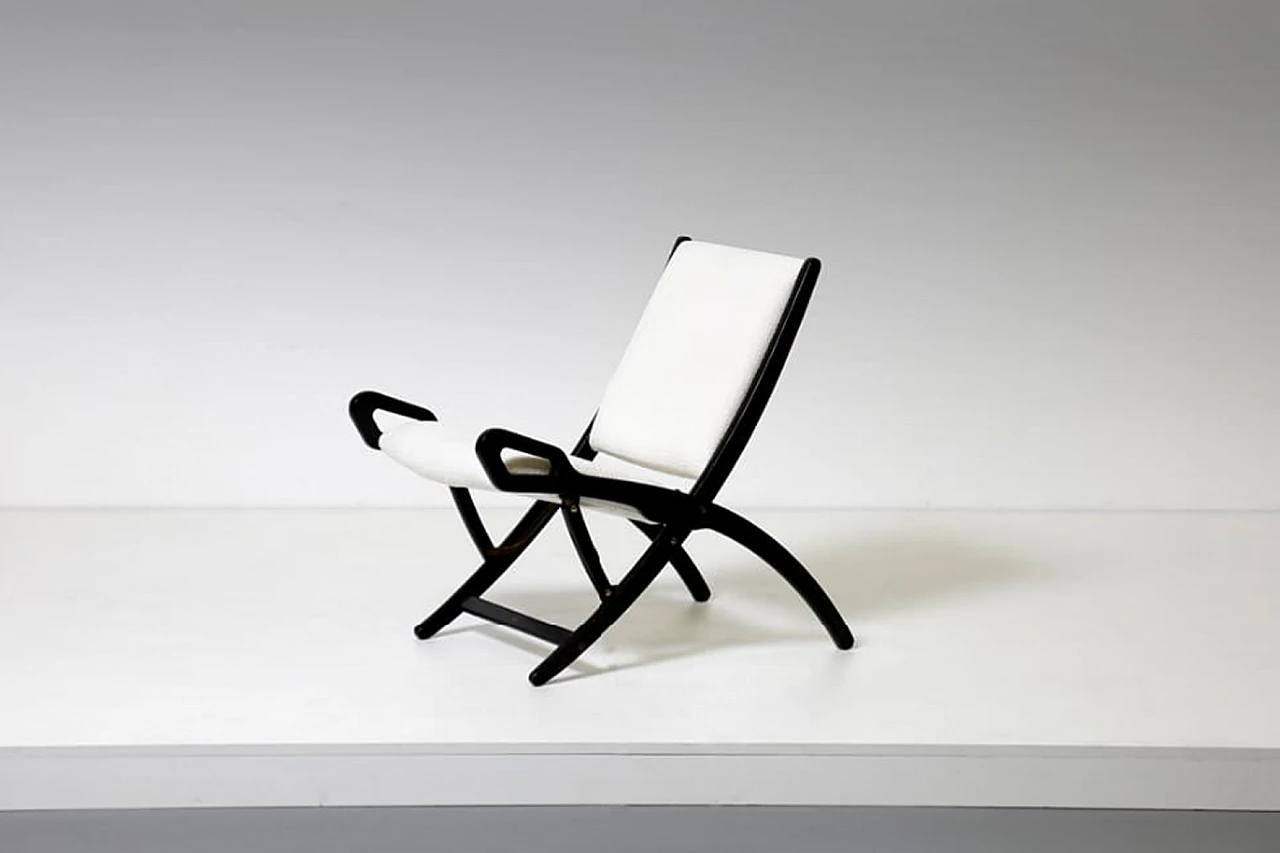
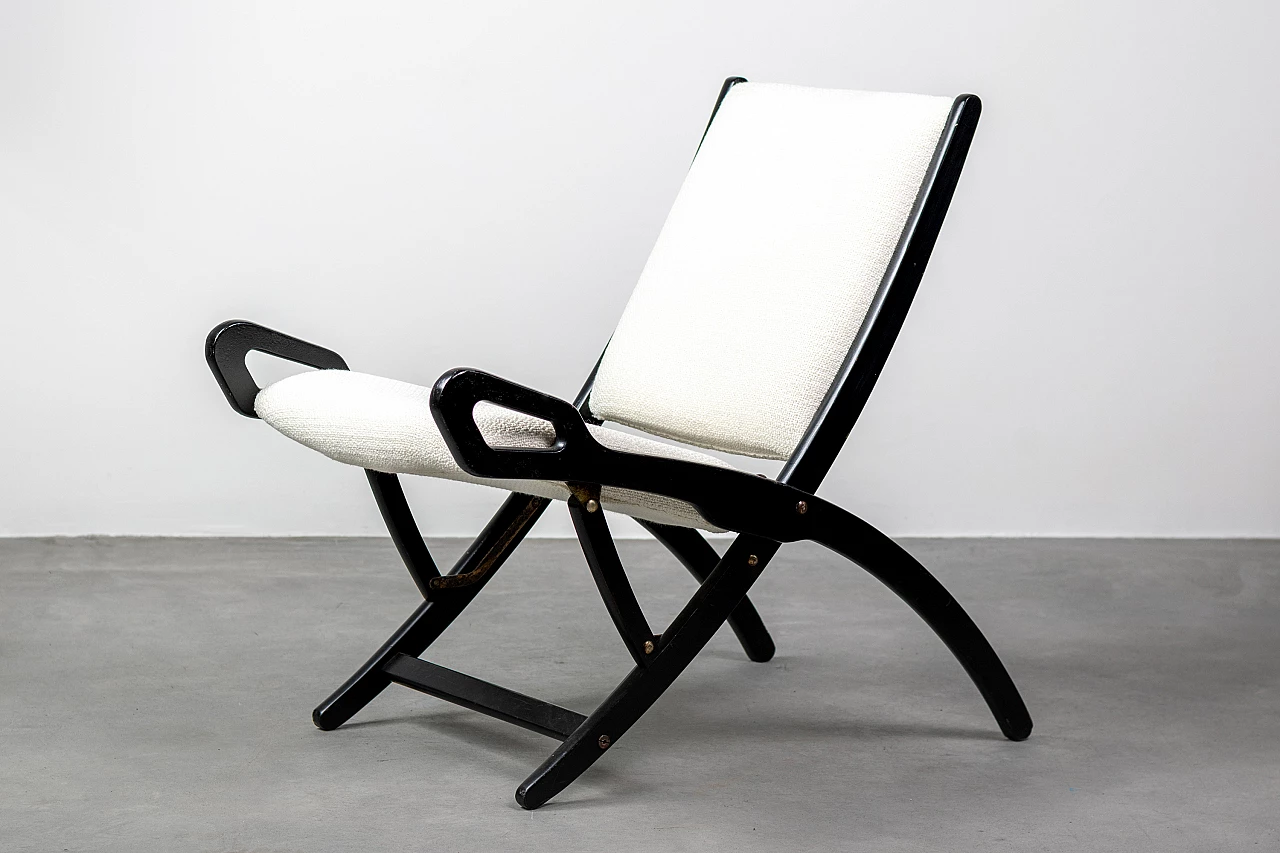
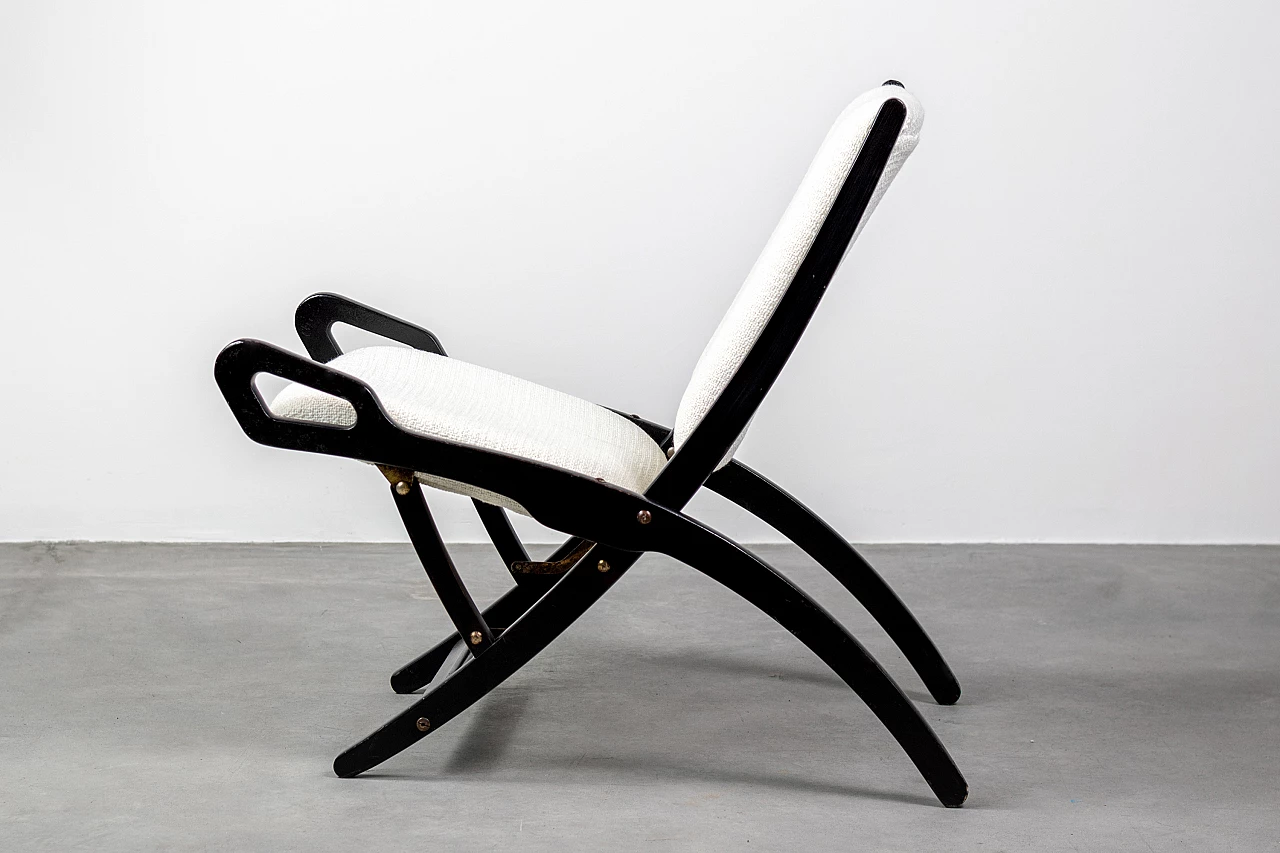
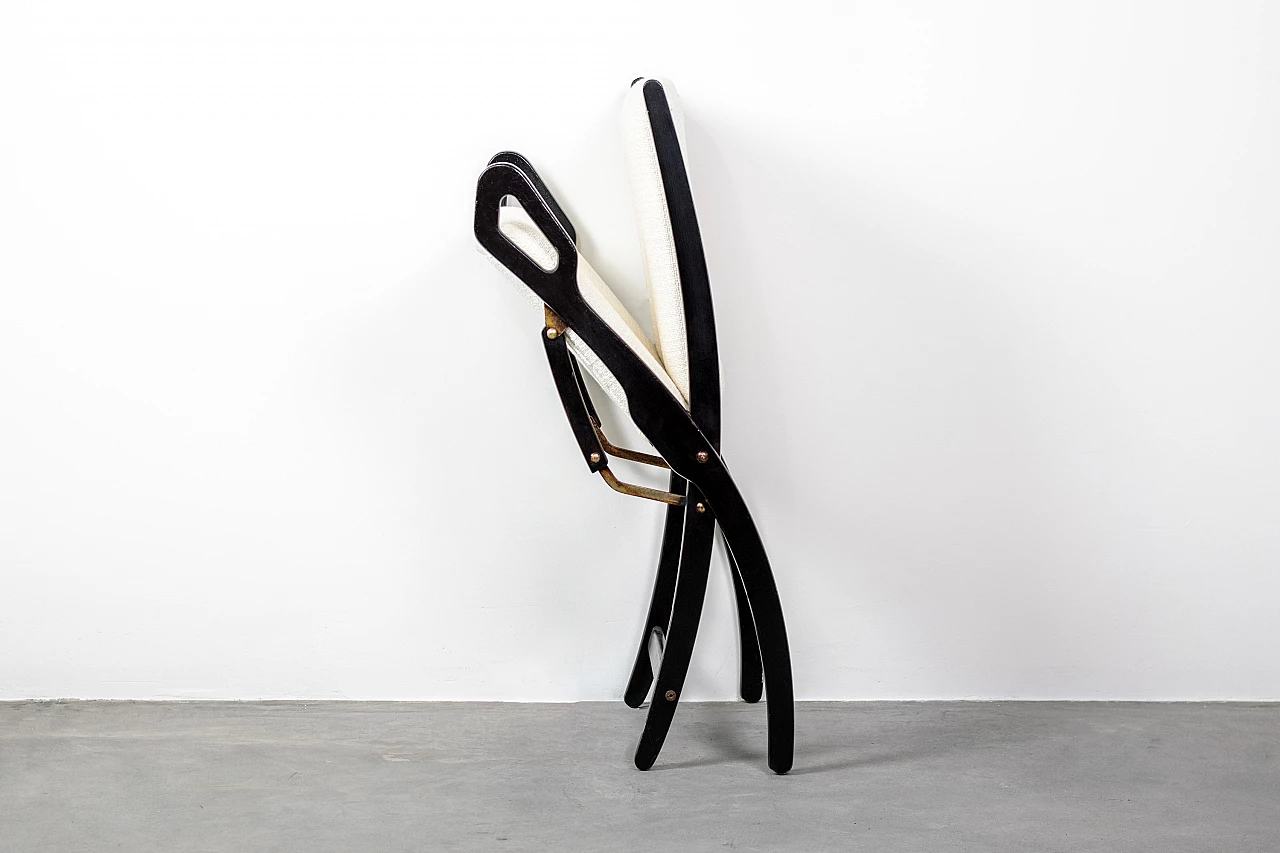
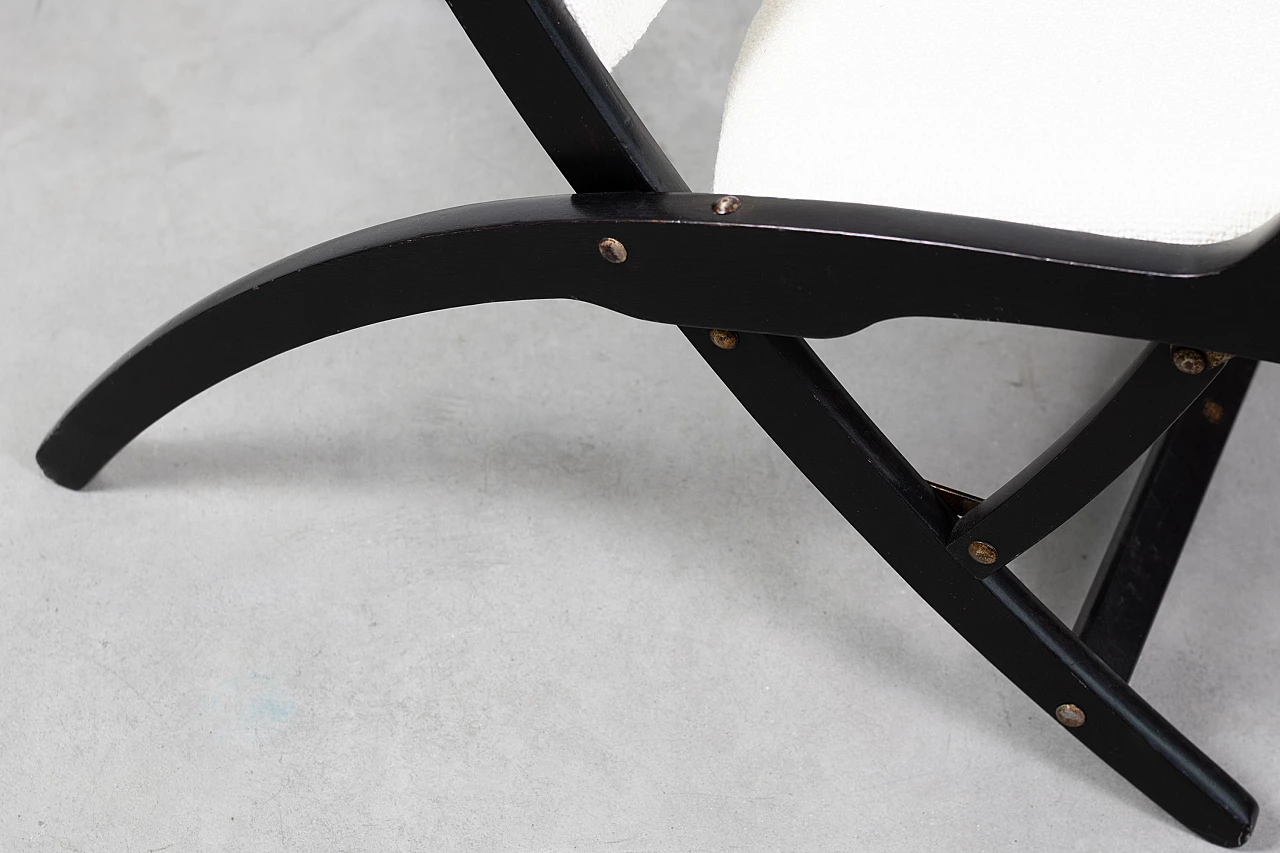
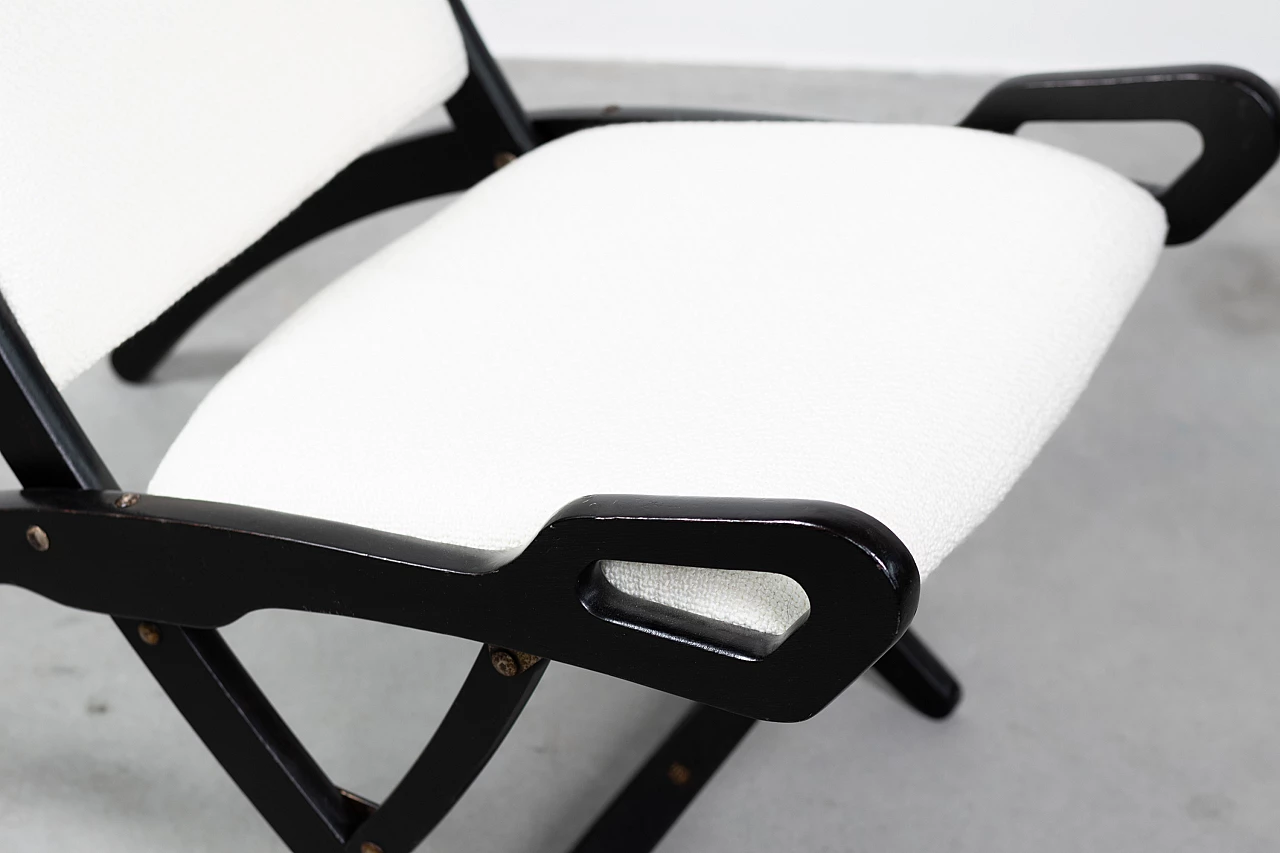
 SILVER Seller in Pistoia, Italy
SILVER Seller in Pistoia, Italy






.png)




